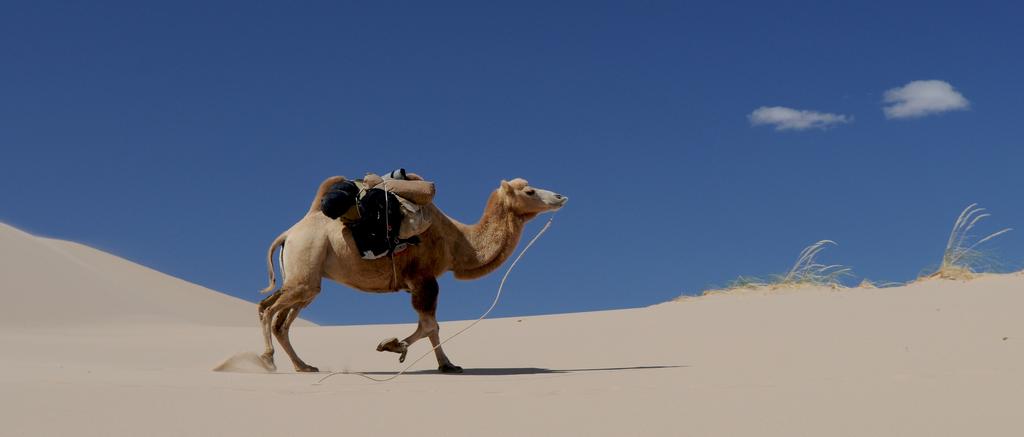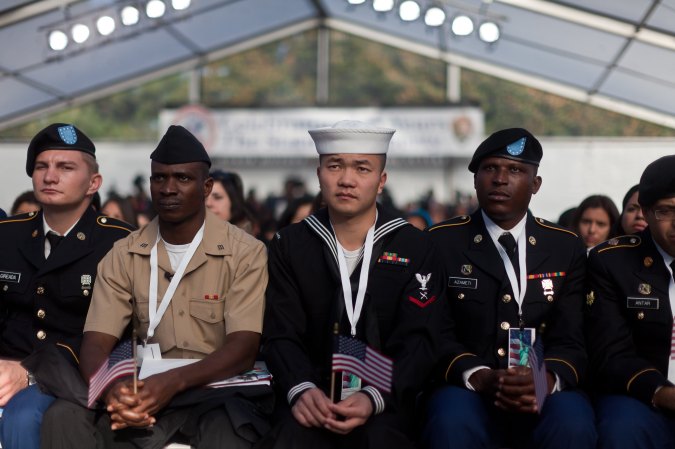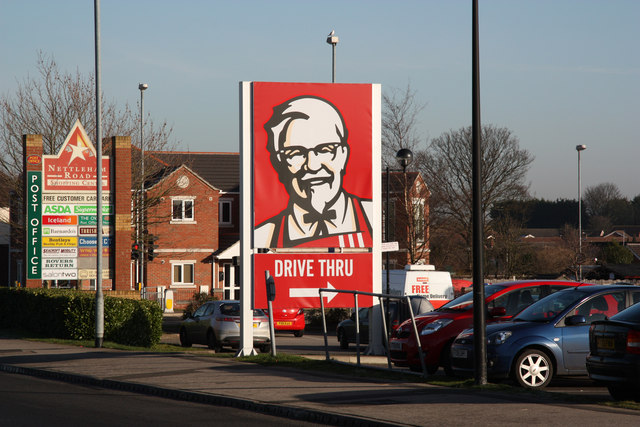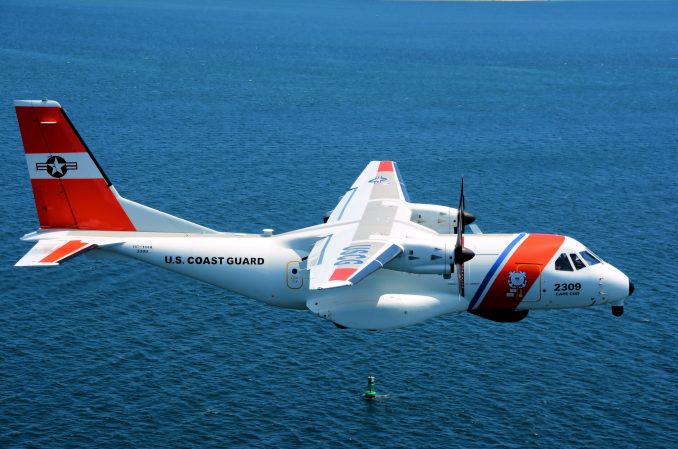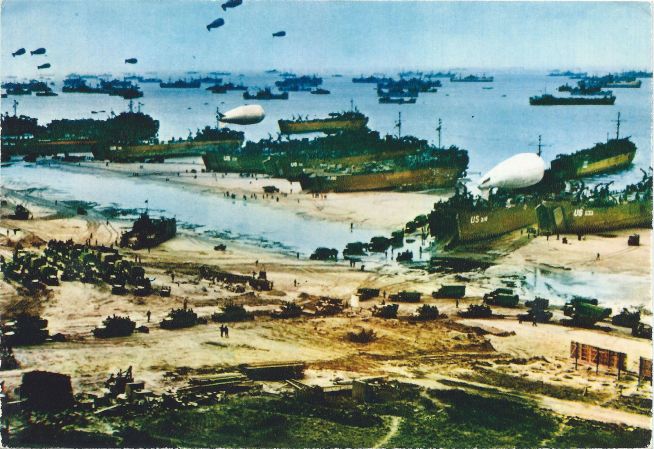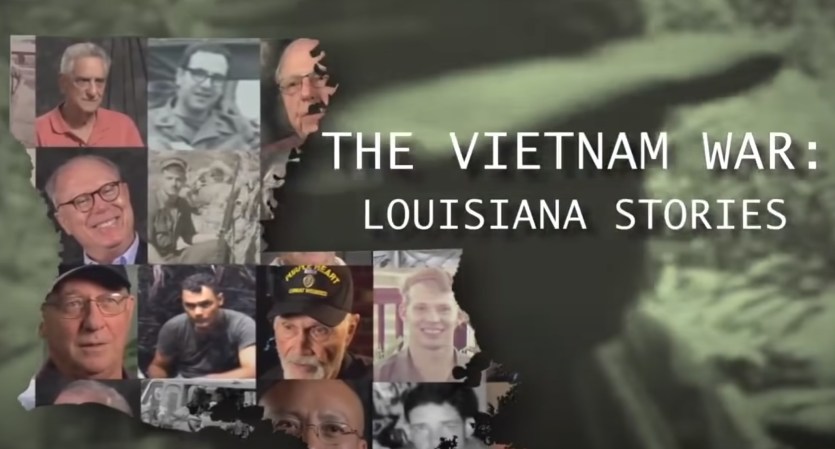In 1988, a wealthy Australian decided to celebrate Australia’s bicentennial by holding a 2,000-mile plus camel race through the Australian Outback. Endurance racers from around the world trained for more than a year to finish the charity race and win a $40,000 prize.
It might be the most stereotypically Australian story ever told. The world’s longest animal endurance race won by carpet fitter Gordon O’Connell, and the race wasn’t even close. O’Connell was having a beer at a pub when he learned he’d won.
The Great Australian Camel Race was a six-leg journey that began at Uluru, also known as Ayres Rock, one of the most sacred sites of Australia’s Aboriginal people and end at Queensland’s Gold Coast. Competitors were timed on how long it took to complete each leg over the course of three months.
The 69 entrants brought with them teams made up of extra camels, support staff, and follow cars, just like any other high-endurance race. Teams came from elements of the Australian Army, the Australian Special Air Service Regiment, and even a handful of Americans. All brought their teams and special gear to survive the grueling race.

Then there was Gordon O’Connell. O’Connell was more than a carpet fitter. He was a man who knew how to train Australia’s farm animal population and often worked in local farms training horses. He even trained his own Camel, named Carla, for the effort.
Australia is full of feral dromedary camels, herds of them descended from camels imported from the Middle East to Afghanistan to build Australia in its early days. Carla was well-suited for the journey, so even though O’Connell began every day in the rear of the group, it wouldn’t be long before he would trot past his competitors, clad in cutoff jean shorts and flip-flops.
He and Carla were so fast, in fact, that racers thought he was injured or lost, when in reality he’d already have finished that leg of the journey. They would be flying planes searching for his remains, but in reality, he was at the finish line. He finished more than a full day ahead of his nearest competitors, the Australian special forces.
“I was stopping off at the pub and I still won the fourth leg. I had won the first three legs and was taking it easy as I was already 32 hours ahead of the SASR,” O’Connell said. “I had no idea whatsoever that I’d won it and I didn’t try. And that’s the truth.”
O’Connell had a small team following him, but nothing like what the other competitors had. His win wasn’t totally without hardship, despite his trip to the pub at the end of the race. He was hospitalized with kidney failure from a bacterial infection during the second leg of the race.
O’Connell was a product of his environment. He knew how to survive in the harsh environment. Most importantly, he knew animals and he trained his own just for the race. By the time he retired, he was raising camels of his own. Camel races are still a thing, but it’s not quite as intense as it used to be.


